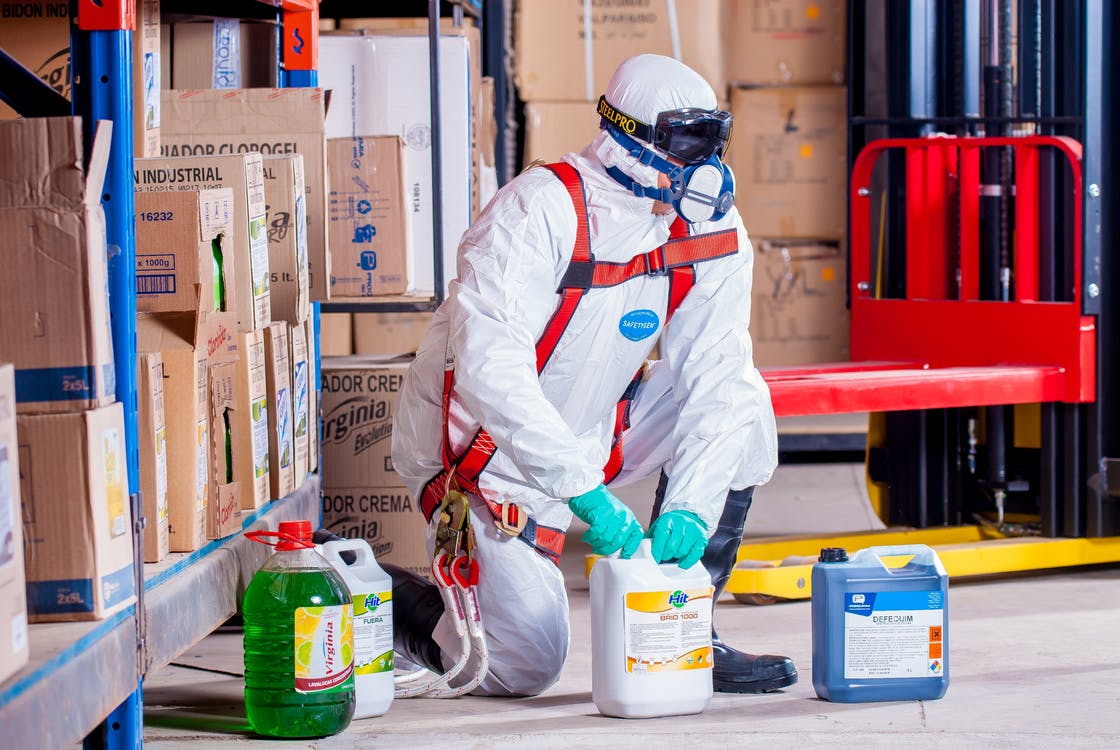- Empty cart.
- Continue Shopping
How to Prepare for Chemical Exposure

While chemical exposure is a rare occurrence for most individuals, being prepared for such situations is crucial for safeguarding health and well-being. Below are practical steps to help you prepare for potential chemical exposure emergencies and minimize associated risks.
Familiarize Yourself with Common Chemicals
1. Identify Hazardous Chemicals
Learn about common household chemicals and their potential risks. Understand their properties, uses, and safe handling procedures. This knowledge is essential for recognizing potential hazards.
Create an Emergency Kit
2. Assemble a Chemical Exposure Kit
Include essential items like protective clothing (gloves, goggles, masks), a first aid kit, and any specific antidotes or treatments recommended for certain chemicals. Keep this kit easily accessible.
Educate Yourself on Emergency Procedures
3. Understand Evacuation Procedures
Familiarize yourself with evacuation routes and assembly points in your home, workplace, or community in case of a chemical emergency.
4. Know How to Use Safety Equipment
Learn how to properly use safety equipment such as fire extinguishers, eye wash stations, and emergency showers, if available.
Establish Communication Plans
5. Establish Emergency Contacts
Have a list of emergency contacts readily available. Include local authorities, poison control centers, and healthcare providers.
6. Designate a Meeting Place
Identify a safe meeting place for family members or colleagues in case you get separated during an emergency.
Create a Chemical Inventory
7. Catalog Household or Workplace Chemicals
Maintain an inventory of chemicals you have at home or encounter in your workplace. Include information on their names, quantities, and any special handling instructions.
Familiarize Yourself with Warning Labels
8. Understand Chemical Labels
Learn to interpret warning labels on household products or workplace chemicals. This information helps you assess potential risks and necessary precautions.
Develop a Response Plan
9. Establish Response Protocols
Create clear, step-by-step response protocols for different chemical exposure scenarios. Include actions such as evacuation, first aid, and seeking medical attention.
Stay Informed
10. Monitor Local News and Alerts
Stay updated on local news and emergency alerts. This information may provide crucial instructions in the event of a chemical exposure incident.
Seek Professional Guidance
11. Consult Safety Experts
If you work in an environment where chemical exposure is a concern, consult safety experts or occupational health professionals for tailored guidance on preparation and response.
Conduct Drills and Exercises
12. Practice Emergency Scenarios
Regularly conduct drills to practice your response to chemical exposure situations. This helps reinforce your preparedness and ensures a swift and effective response when needed.
Conclusion: Empowering Yourself Through Preparedness
Being prepared for potential chemical exposure is an essential aspect of maintaining your health and well-being. By familiarizing yourself with chemicals, creating an emergency kit, understanding evacuation procedures, and staying informed, you empower yourself to respond effectively in emergencies. Remember, preparedness is a key factor in mitigating risks and safeguarding your health and the health of those around you.








